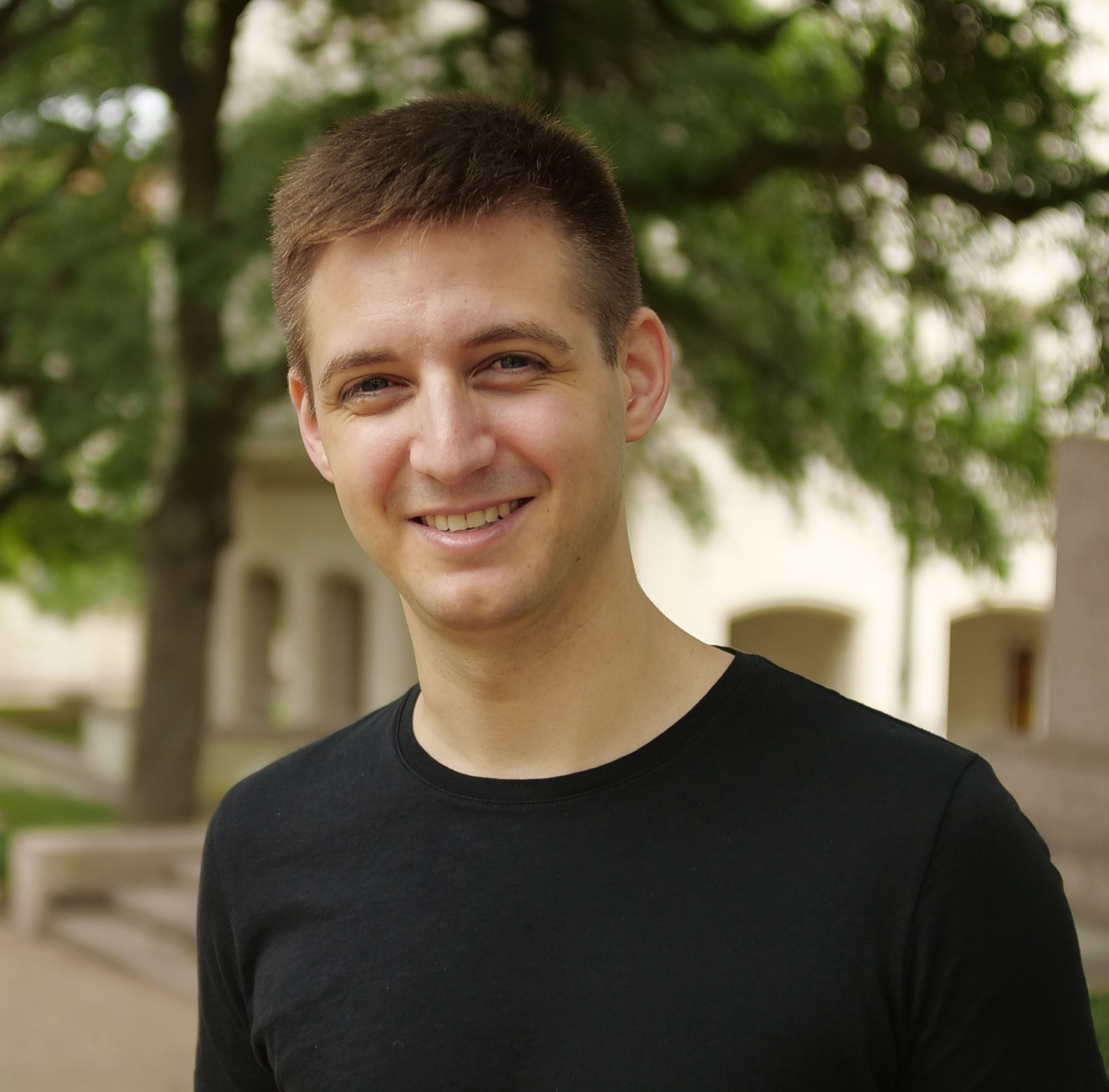Computational science and mathematical modeling offer some of the greatest tools we have for predicting a tsunami event and optimizing the response decision-making process. That’s according to Dr. Stefan Henneking from the Oden Institute. Here we talk to the recipient of the 2021 Peter O'Donnell, Jr. Postdoctoral Fellowship about his career thus far and his goal to develop a computational framework for predicting one of society’s grand challenge problems.
Dr. Stefan Henneking is a recipient of the 2021 Peter O'Donnell, Jr. Postdoctoral Fellowship in Computational Engineering and Sciences. His primary research focus and specialty is modeling tsunamis in order to improve tsunami preparedness through early-alert systems and real-time monitoring. He believes the ability to accurately predict tsunamis could minimize casualties from catastrophic events.
“In 2004, the world witnessed the devastating Sumatra–Andaman earthquake off the coast of Indonesia and its disastrous consequences,” stated Henneking. “That day, the earthquake, and the tsunami waves that followed in its wake, claimed the lives of more than 200,000 people.”
That may have been almost two decades ago, but similar tragedies have happened in recent memory—Haiti 2010, and Japan 2011—and can happen at any time in the future. “Of particular concern is the prospect of a massive earthquake and ensuing tsunami originating along the Cascadia subduction zone, a fault line off the Pacific–Northwest coast.”
Henneking is taking on one of society’s grand challenge problems. While there is nothing unusual about this for a member of the Oden Institute community, it’s important to note one doesn’t gain the confidence and requisite level of expertise to do so overnight.
Henneking began his studies in computational science at the University of Erlangen–Nürnberg in Germany, where he earned a B.S. in Computational Engineering. Henneking says he was originally drawn to computational science due to the interdisciplinary nature of the field. “I was excited about the opportunity to study applied mathematics, learn about scientific computing, and apply that knowledge to real-life problems in engineering and science,” he said. After completing his undergraduate degree, Henneking continued his studies at the Georgia Institute of Technology, graduating with a M.S. in Computational Science and Engineering.
Henneking then joined the Oden Institute in 2016 as a Ph.D. student in the CSEM program. He worked under the supervision of Dr. Leszek Demkowicz to develop a mathematical model and implementation for the simulation of fiber laser amplifiers. Now, as a Peter O'Donnell, Jr. Postdoc, Henneking is working under Dr. Omar Ghattas at the Center for Computational Geosciences and Optimization (CCGO) to develop computational models for predicting tsunamis.
As for why he decided to stay at the Oden Institute after finishing his Ph.D., Henneking pointed to the collaborative and collegial environment of the Institute community that helped foster his research and academic growth. “Over the past five years, this environment has encouraged me constantly to push beyond my intellectual boundaries,” Henneking said.
“As a graduate student, I found many friends and mentors among the students, staff, and faculty of the Institute, and I feel grateful to still be part of this prolific community.”
